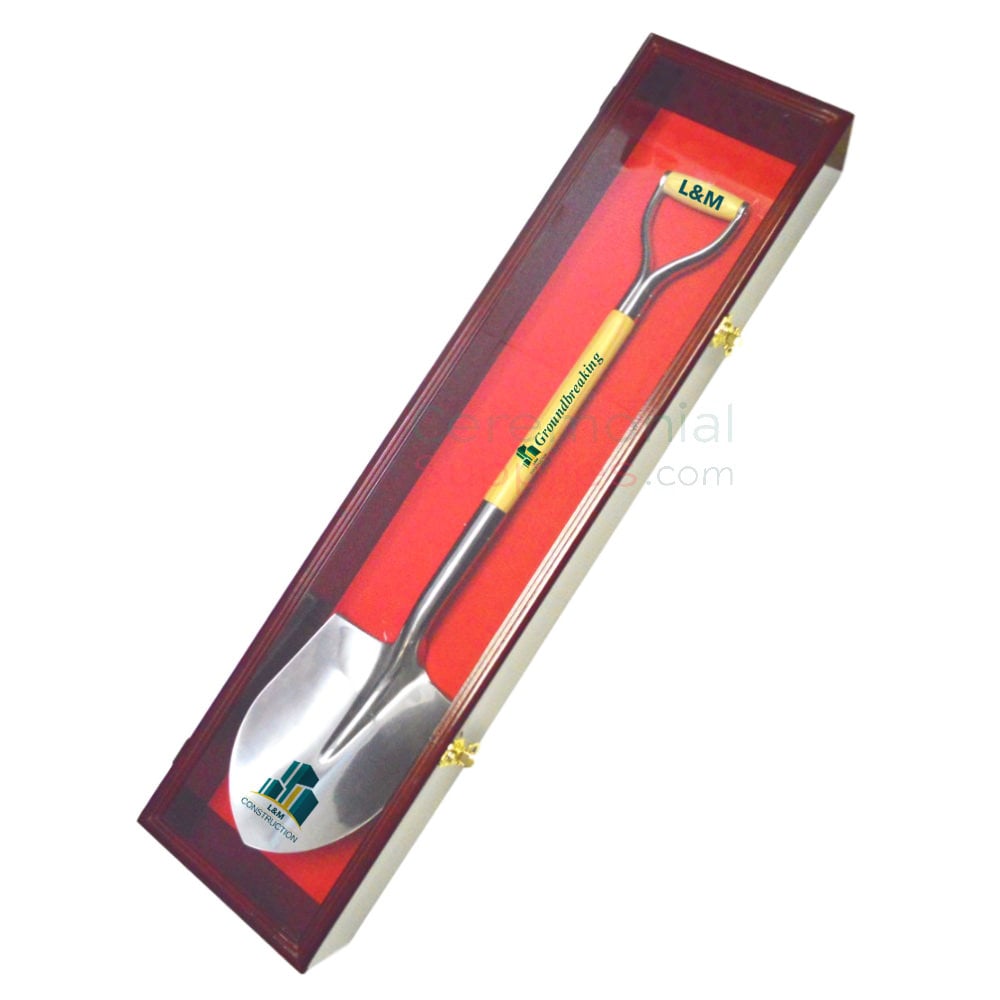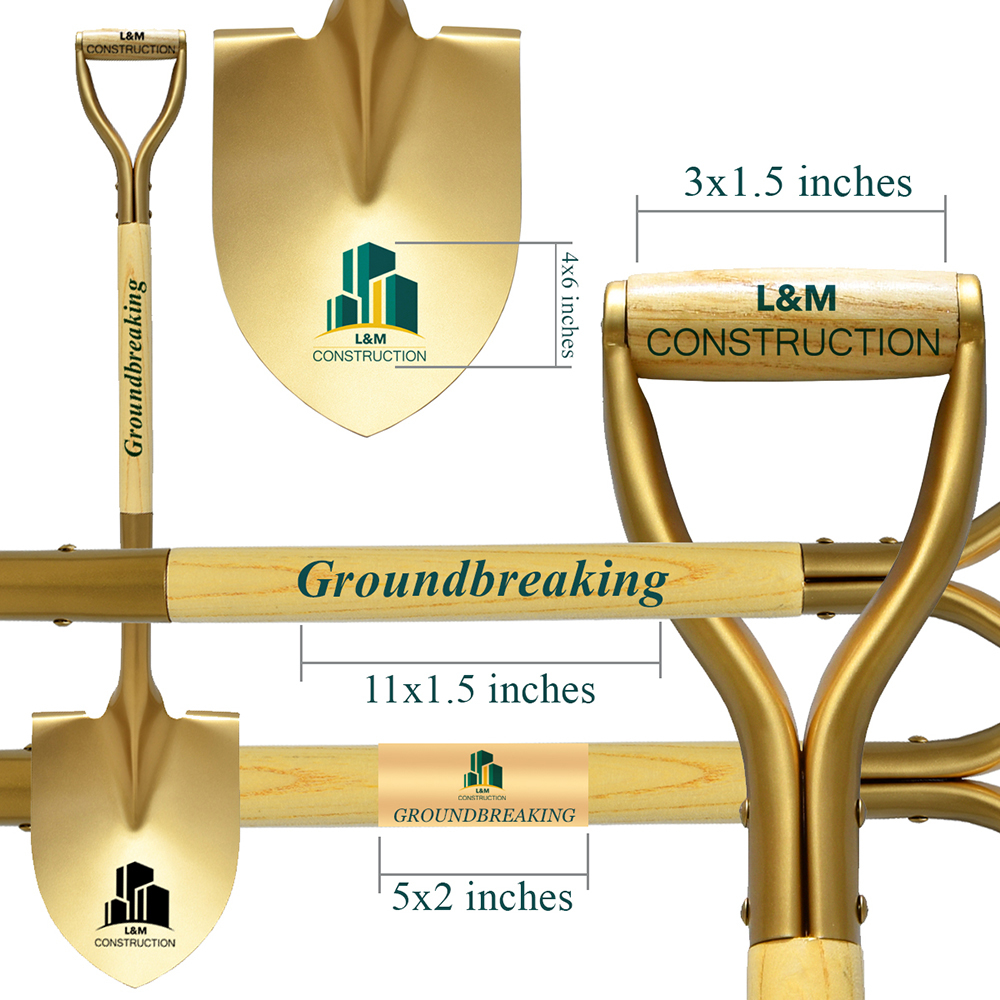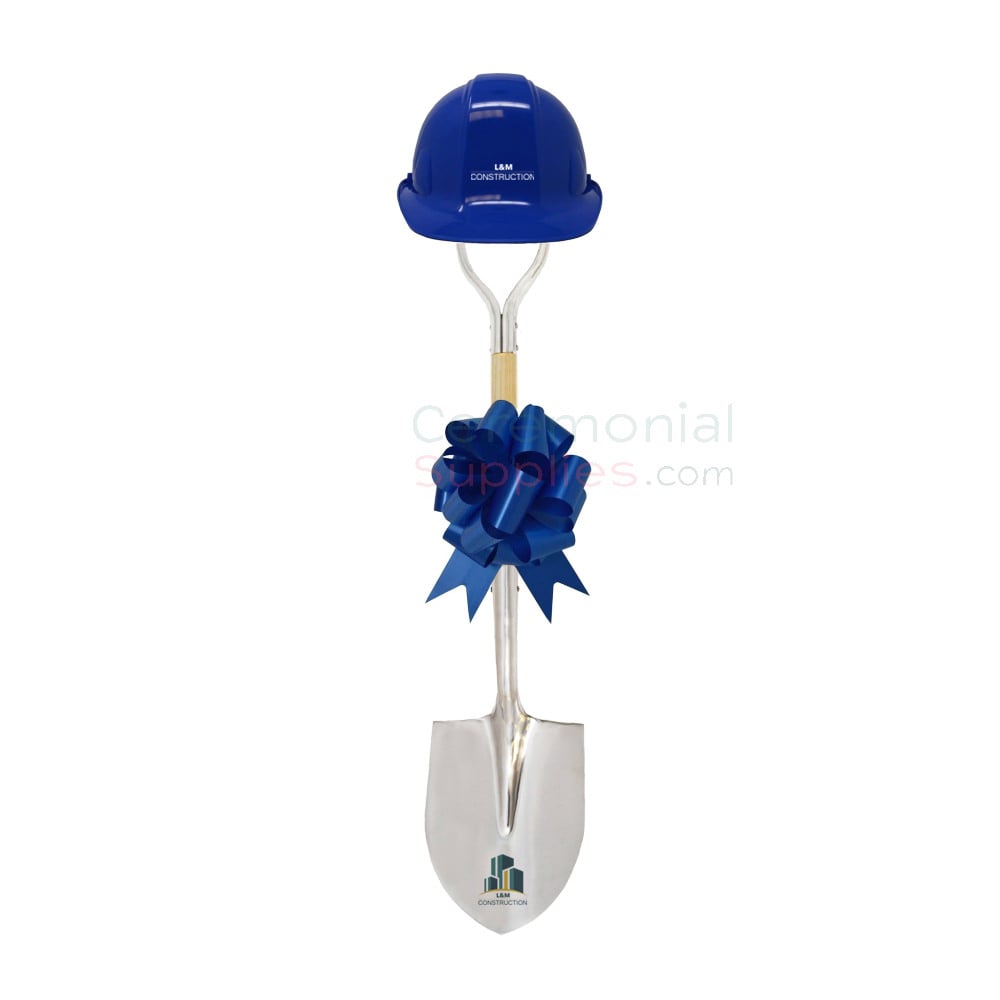It is the opinion of many architectural scholars that the most famous groundbreaking of Frank Lloyd Wright’s works undoubtedly belongs to the iconic Solomon R. Guggenheim Museum in New York City. The groundbreaking ceremony of this iconic structure marked the beginning of a revolutionary architectural endeavor that would redefine the very essence of museum design and leave an indelible mark on the cultural landscape of the 20th century. And it all began with an idea! Groundbreaking ceremonies are more than just a formal tradition when all the energies function in the best overall intentions. The groundbreaking of the Guggenheim Museum was born from the vision of two men, one an architect of great recognition for his wonderful lines within the landscape of nature, the other an art collector and philanthropist with a passion for modern art he didn’t want to hang in his NYC mansion. The collaboration between Frank Lloyd Wright, and Solomon R. Guggenheim culminated with the groundbreaking ceremony of the Guggenheim Museum in NYC. CeremonialSupplies.com the best one-stop-shop on the net for all your ceremonial products with personalized printing, invites you to share a slice of history going back over 100 years ago!

The museum was conceived as a temple of the spirit, a space where art and architecture would converge to create a transformative experience for visitors. The museum building is a work of art itself, a work of art in architectural design and landscape composition. The architectural structure is a marvel to admire from the outside, witnessing its magnificent blend with the dynamics of NYC. From the outset, architect Frank Lloyd Wright wanted to break free from the constraints of traditional museum design, and create a building that would embody the dynamic and organic qualities of modern art. The result was a radical departure from conventional architectural forms: a spiraling, cylindrical structure that defied gravity and beckoned visitors on a journey of discovery and exploration.

The groundbreaking ceremony for the Guggenheim Museum took place on May 24, 1956, amidst much anticipation and excitement. As the first ceremonial groundbreaking shovels broke ground on the site along Fifth Avenue, a sense of anticipation filled the air, heralding the dawn of a new era in museum architecture, and architecture in general. The design of the Guggenheim Museum was met with both admiration and skepticism. Critics questioned the feasibility of its unconventional form, while supporters hailed it as a visionary masterpiece. Some of the personalities who attended the first sod-cutting of the Guggenheim museum were Hilla Rebay, a German-American artist and curator who served as the museum’s first director and shaped its collection and mission; Justin K. Thannhauser, an art dealer and collector who was also a close friend and advisor to Solomon R. Guggenheim and played a key role in the acquisition of artworks for the museum’s collection. The Thannhauser Collection is the ongoing on-site collection of works by Degas, Van Goh, Picasso and Manet, acquired in the early days of these artists. NYC officials and dignitaries, as well as donors, and shareholders also likely were present at the groundbreaking event and despite the challenges and controversies, construction of the museum progressed steadily, guided by the architect’s unwavering commitment to realize his architectural vision.

Finally, on October 21, 1959, the Guggenheim Museum opened its doors to the public for the first time, marking the culmination of years of dedication, innovation, and collaboration. The museum's striking exterior, with its spiraling ramp and gleaming white facade, captivated visitors and critics alike, setting a new standard for architectural excellence and pushing the boundaries of what was possible in museum design. Inside, the museum's unique layout unfolded like a continuous ribbon of space, allowing visitors to experience art in a seamless and immersive manner. Natural light filtered down from the iconic glass dome above, illuminating the artworks below and creating a sense of serenity and contemplation.

The groundbreaking ceremony of the Guggenheim Museum stands as a legacy to the masterpice architectural work of Frank Lloyd Wright, an architectural marvel of art, to house great works of art. The charm and magnetism of the Guggenheim Museum exerts its power an all who draw near it.

Shop CeremonialSupplies.com the best one-stop shop on the net for quality ceremonial products. Our flagship products are printed ribbons for grand openings and other ceremonies, custom printed shovels for groundbreaking ceremonies, printed mats and event carpets, printed giant ceremonial scissors, display cases, stanchions and rope, retractable belt stanchions, crowd posts, military regalia, corporate attire, keepsakes and appreciation gifts. We love what we do and it shows. Click here for a quote.
